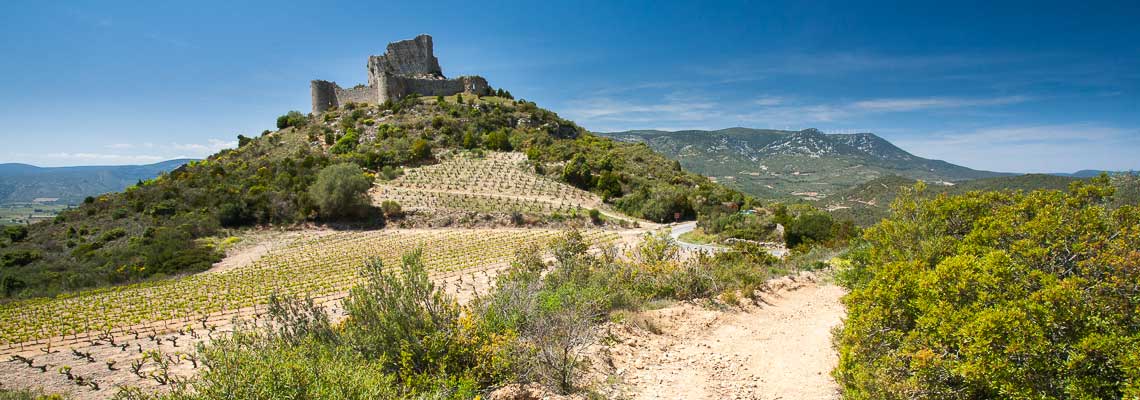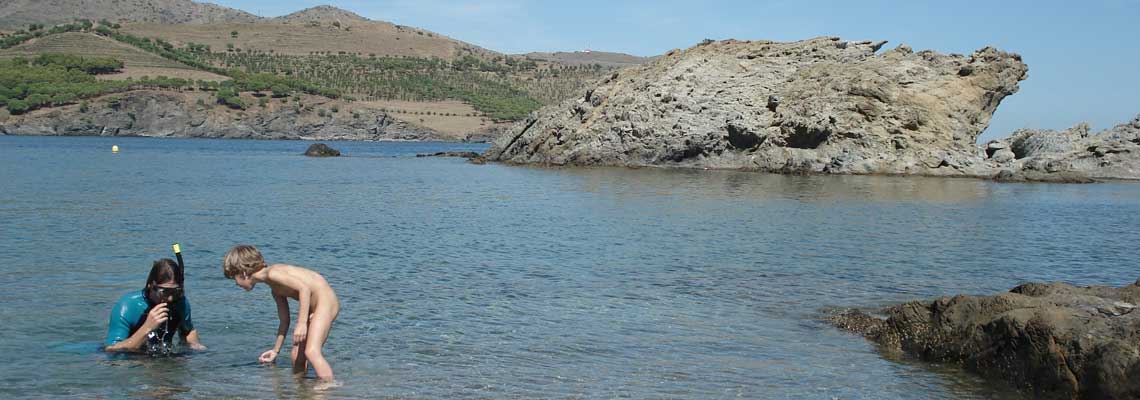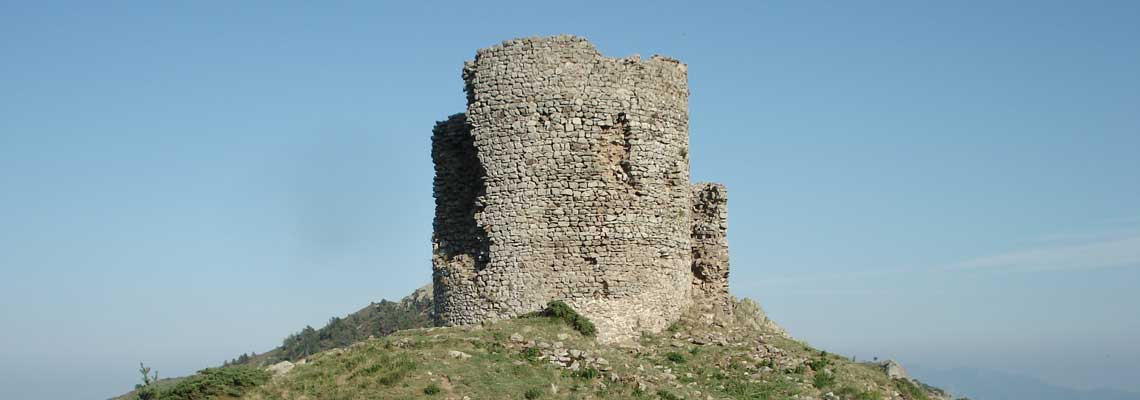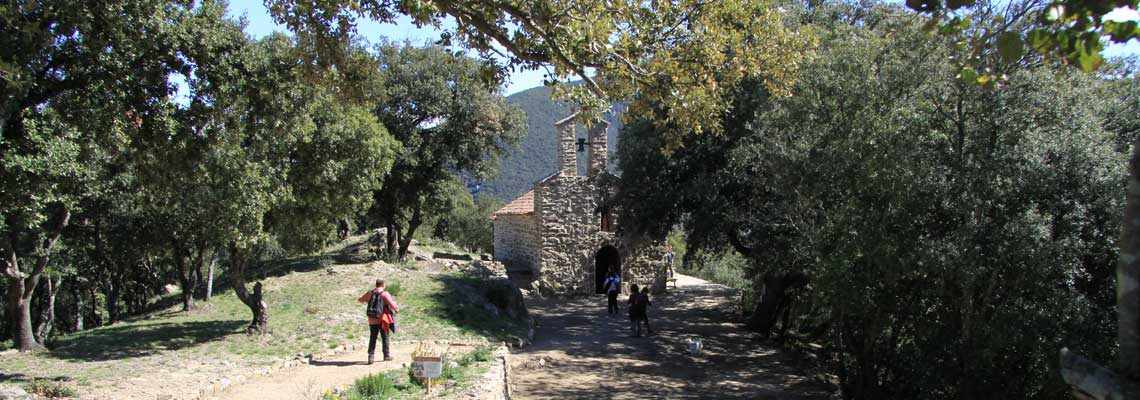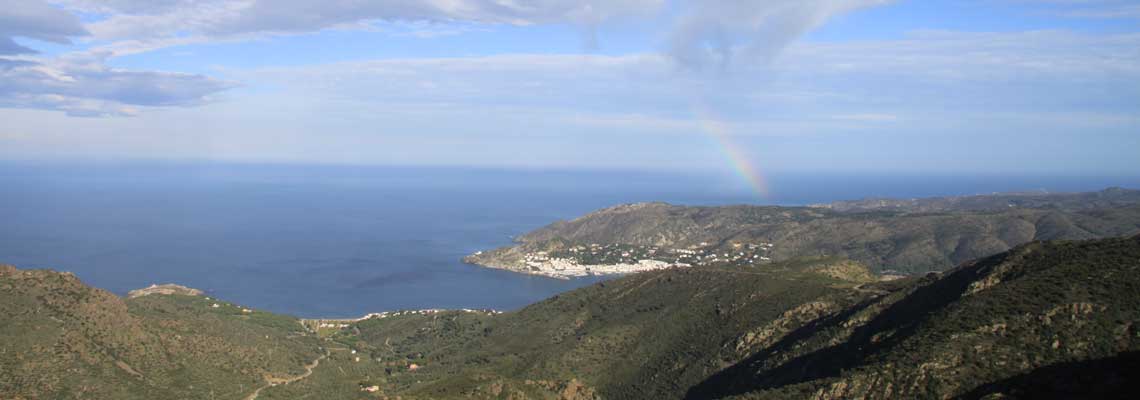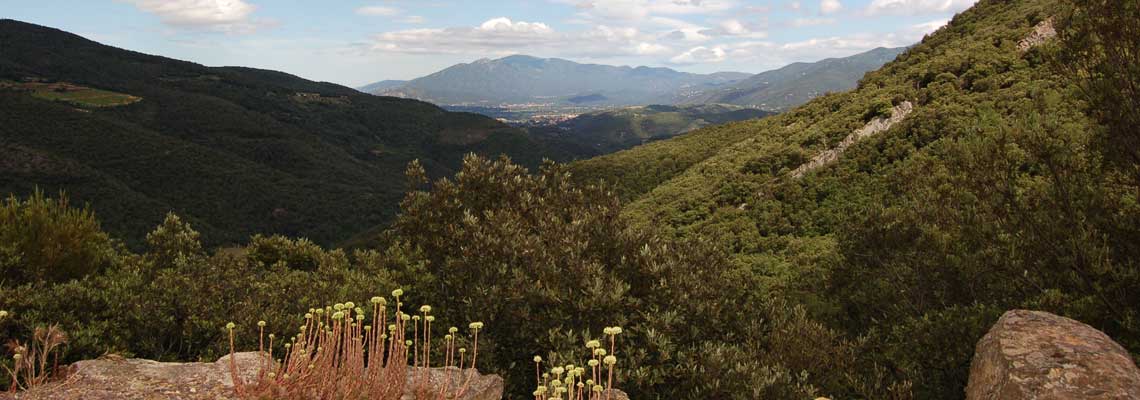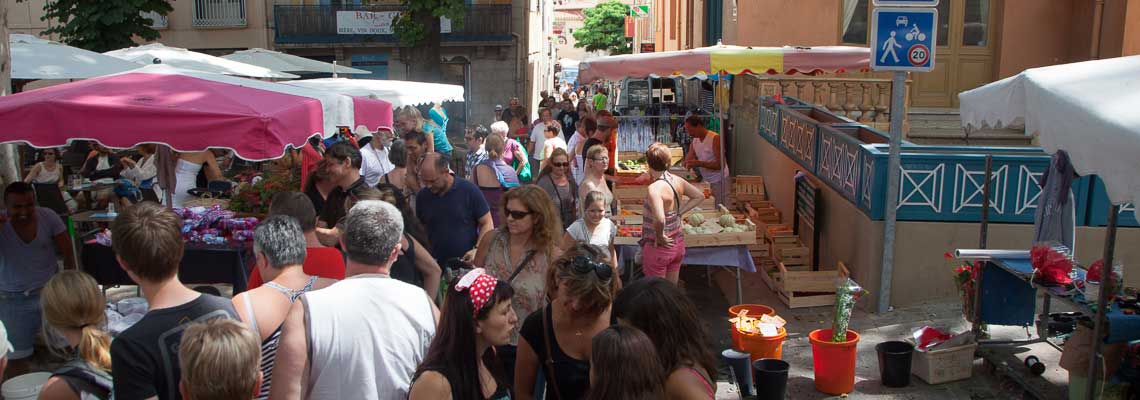Mas de la Balma and its surroundings
The environment.
Mas de la Balma is located in the eastern part of the french Pyrenees on the spurs of the highest mountain, the Canigou (2784 m). It is an ideal base camp for naturists who like mountain hiking. The Mediterranean is only an one hour drive away.
The camp site is located close to the Spanish border. Barcelone is at a 200 km distance.
Amélie-les-Bains and Céret.
In the immediate vicinity are Amélie les Bains, a spa with thermal baths and the picturesque town of Céret.
These are two small towns not far from the campsite.
All guests at the campsite will go there. Sometimes, for very practical reasons to do some shopping in the supermarket, fill up with gas or to extract money from the ATM.
But also to stroll through the city, to sit on a terrace or to go to the local market.
Amelie-les-Bains has a small market each morning. It is slightly larger on Thursday.
The market in Céret is on Saturday morning between 8 and 13. This is a true regional market
The history of the region.
Mas de la Balma is situated in a region which is by its inhabitants considered to be part of Catalonia. Catalonia stretches forth from Tarragona (south of Barcelona) in Spain to Salses (north of Perpignan) in France. The Catalonians live in both the Spanish and the French part. They are an ancient people with a rich history, an own language and their own habits and traditions. The Catalonian language is spoken by the majority of the older generations. At La Balma Monique and Rachel speak Catalonian just as their many guests from Catalonia do. Local politics uses the Catalonian flag. The Catalonians are proud of their language and culture. Many traditions have been preserved.
The terrain of La Balma is situated in an area which has become important in the middle Ages, due to the rich layers of iron ore. Quite a lot of remains from that time gone show that by then the area was more densely populated than it is now. Everywhere in the forest you can find small walls for forming terraces, donkey trails, charcoal spots, canals for irrigation and ruins of farmhouses. At the foot of the Coustou (the small round mountain adjacent to the camping site) a nearly perfect furnace from the 12th century can be found.
This rich history is often visible in the whole region. During your trips you will - whether consciously or not - be in touch with it.




